1. Artificially Colored Candy
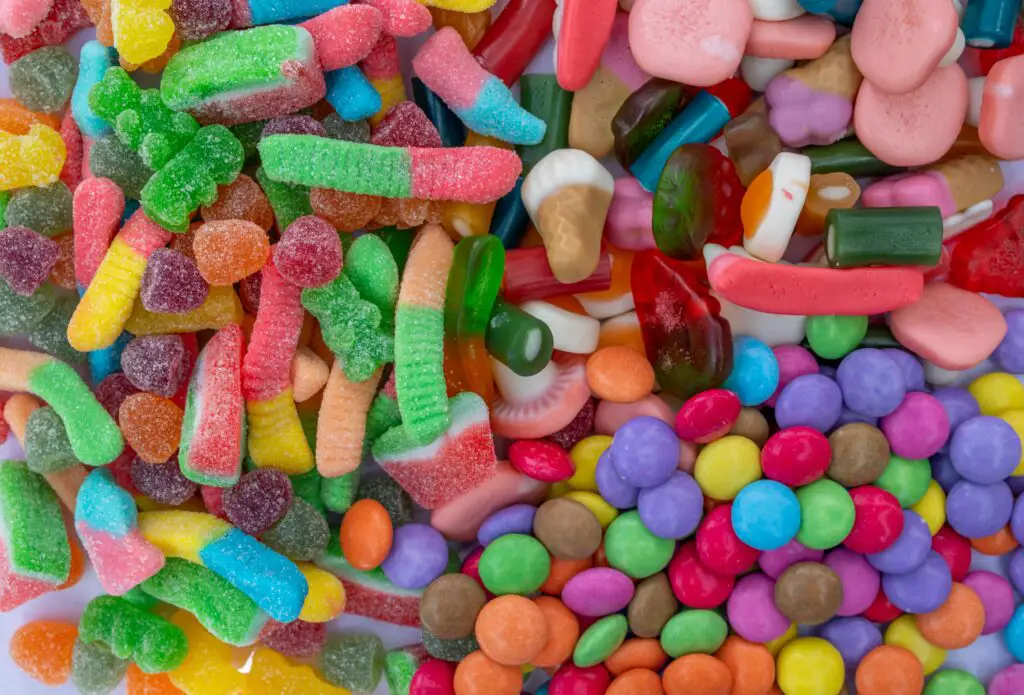
Many lawmakers are scrutinizing the safety of artificial food dyes used in candies like gummies and hard sweets. Some dyes, such as Red 40 and Yellow 5, are linked to behavioral issues and allergic reactions in children. Future laws may ban or strictly regulate these dyes, pushing candy manufacturers to adopt natural alternatives.
2. Processed Meats with Nitrates
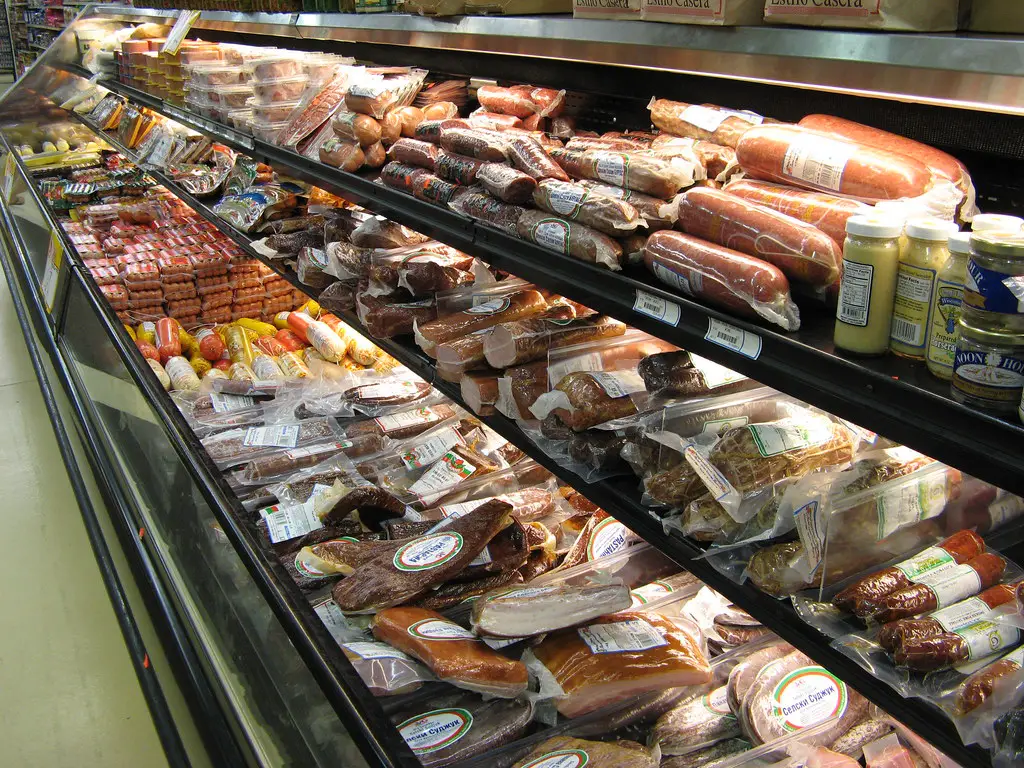
Hot dogs, bacon, and deli meats containing nitrates or nitrites might face bans due to health concerns. Studies have associated these preservatives with increased cancer risks, particularly colorectal cancer. Lawmakers are considering stricter limits on nitrate levels or mandating their removal altogether.
3. Energy Drinks for Minors
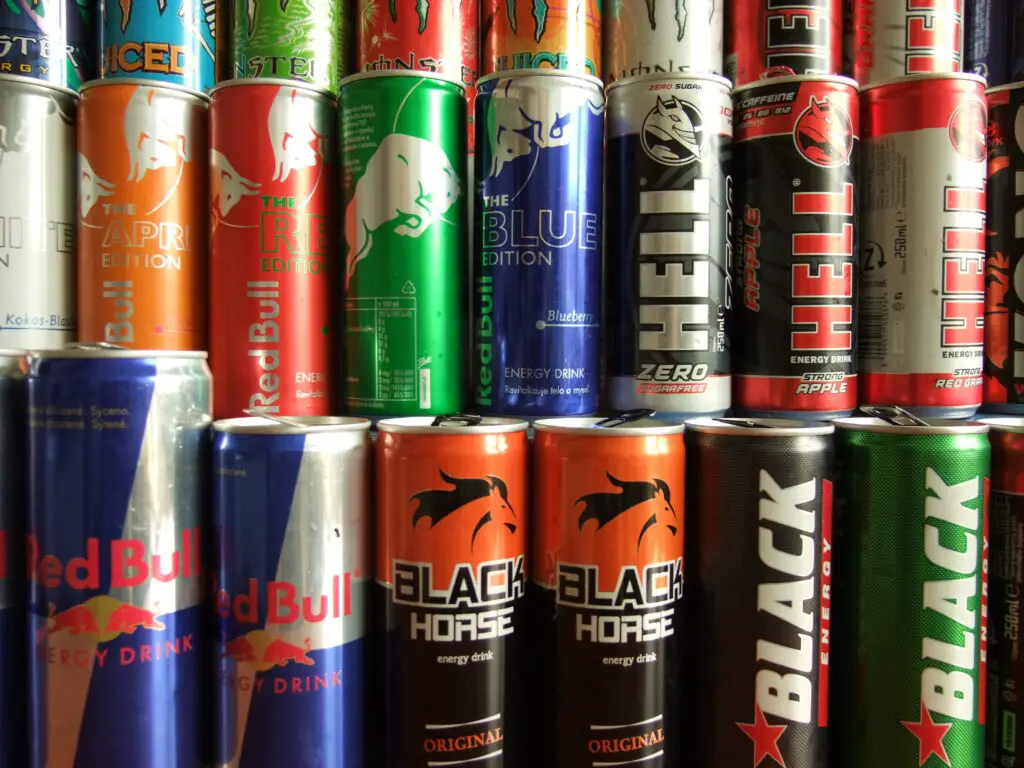
High-caffeine energy drinks are increasingly under scrutiny for their potential health risks, especially for teenagers. Several governments are debating restrictions that would ban the sale of these beverages to anyone under 18. Concerns include heart problems, sleep disturbances, and increased anxiety in young consumers.
4. High-Sodium Packaged Snacks
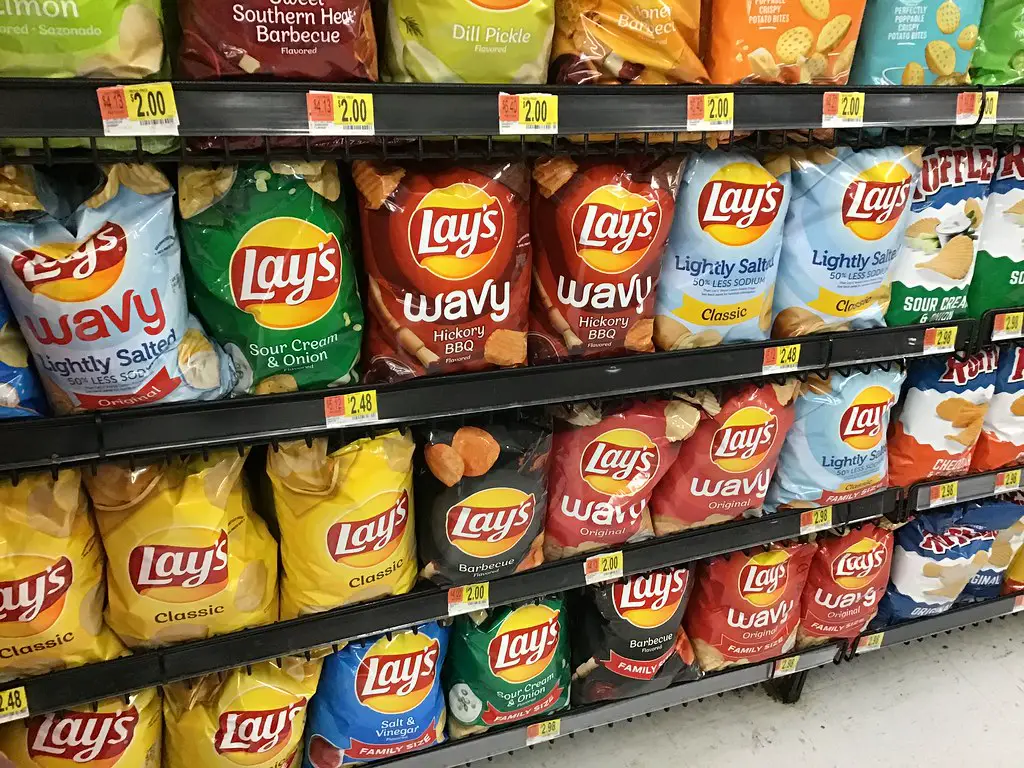
Chips, crackers, and other salty snacks might be targeted due to excessive sodium levels contributing to high blood pressure and heart disease. New regulations could require reduced sodium content or labeling restrictions. Consumers may see a shift toward healthier, low-sodium options.
5. Non-Sustainable Seafood

Fish species like bluefin tuna and certain shrimp varieties may become off-limits due to unsustainable fishing practices. Overfishing and environmental damage have led to depleted populations and ecological concerns. Future laws might ban these products to protect marine ecosystems.
6. Partially Hydrogenated Oils
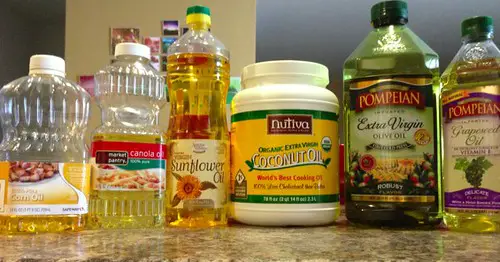
Although partially hydrogenated oils are already banned in some regions, additional measures may target remaining loopholes. These oils, a major source of trans fats, are known to increase bad cholesterol and heart disease risks. Countries could move toward total prohibition in all food products.
7. Ultra-Processed Breakfast Cereals
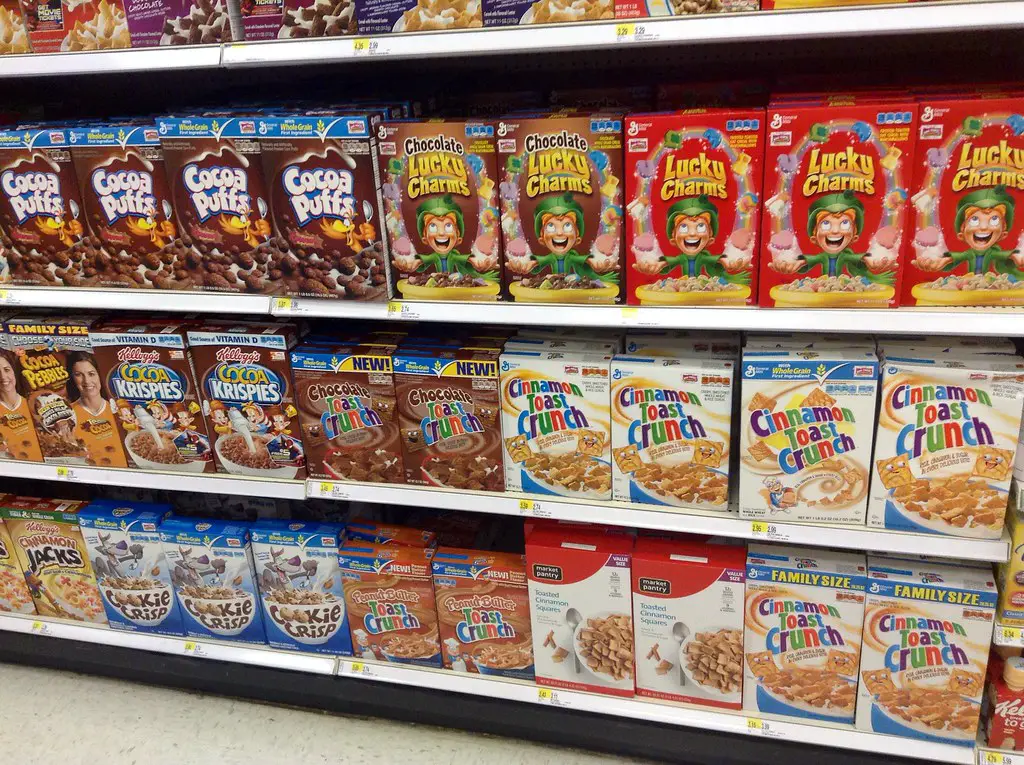
Sugary cereals marketed to children could face bans or reformulations due to their high sugar and artificial ingredient content. Health experts are advocating for stricter regulations to curb childhood obesity and diabetes rates. Brands may need to innovate with whole-grain, low-sugar alternatives.
8. Raw Milk and Unpasteurized Dairy Products

Raw milk and unpasteurized cheeses might be further restricted in 2025 due to safety concerns. These products can harbor harmful bacteria like Salmonella, Listeria, and E. coli, posing serious health risks. Some regions may enact outright bans or enforce stricter safety protocols.
9. High-Fructose Corn Syrup Beverages
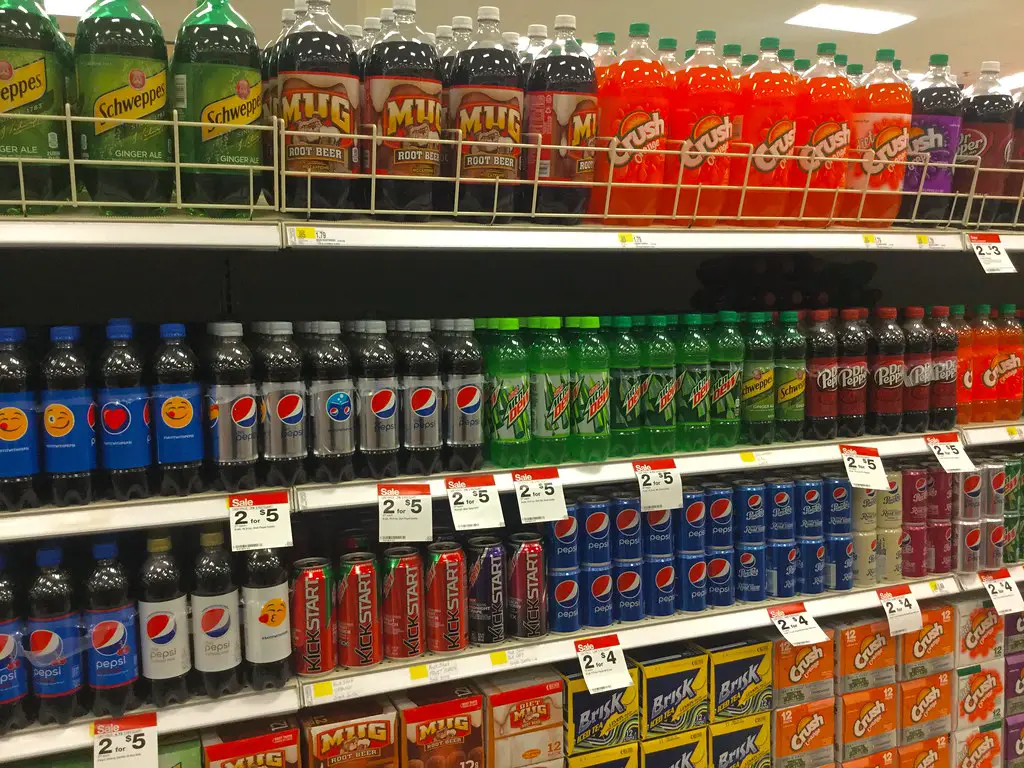
Sodas and sweetened drinks made with high-fructose corn syrup (HFCS) might become less common under future laws. HFCS is linked to obesity, diabetes, and other metabolic disorders, prompting calls for regulation. Governments may impose taxes or restrictions on its use in beverages.
10. Exotic Meats from Endangered Species

Bushmeat and other exotic meats sourced from endangered animals are likely targets for stronger bans. These practices contribute to species extinction and sometimes spread zoonotic diseases. Stricter international laws could further crack down on illegal wildlife trade and consumption.
11. Plastic-Wrapped Produce
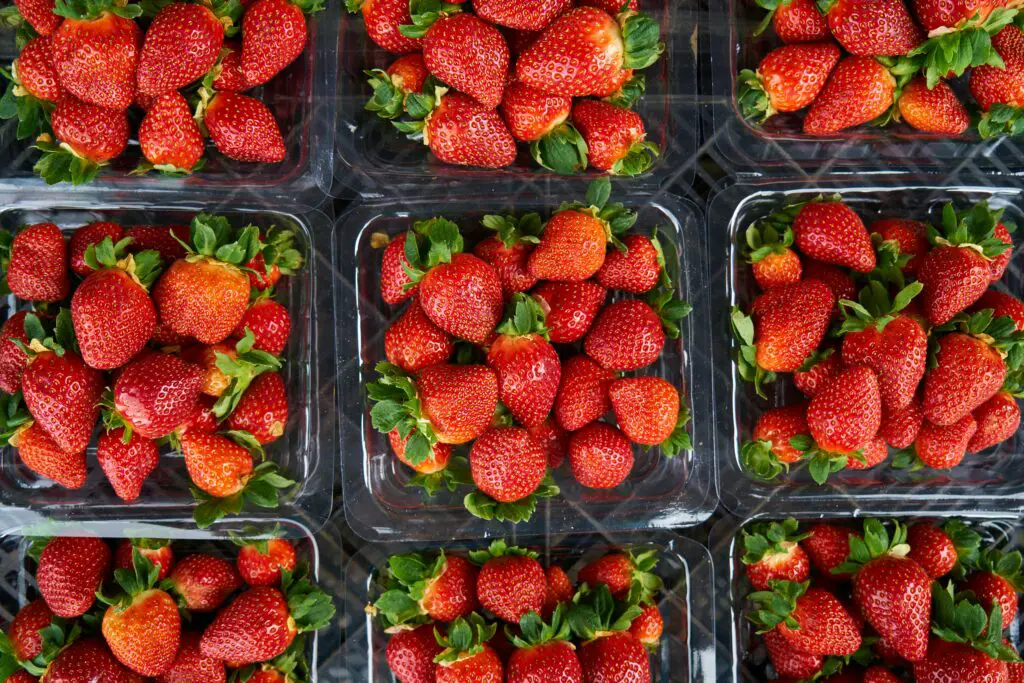
Pre-packaged fruits and vegetables wrapped in plastic may face restrictions to curb environmental waste. With rising concerns over microplastics and landfill overflow, lawmakers are pushing for eco-friendly alternatives. Consumers might soon see reusable or biodegradable packaging options as replacements.
12. Foods Containing Titanium Dioxide
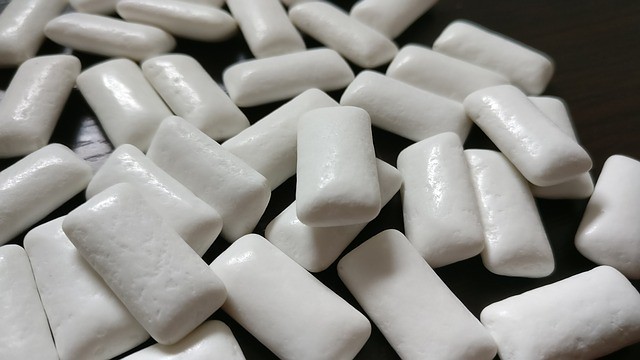
Titanium dioxide, a whitening agent found in items like candy, gum, and baked goods, is under scrutiny for its potential health risks. Research suggests it may cause inflammation and cellular damage, leading some regulators to consider bans. Manufacturers may need to reformulate products to comply with new standards.
